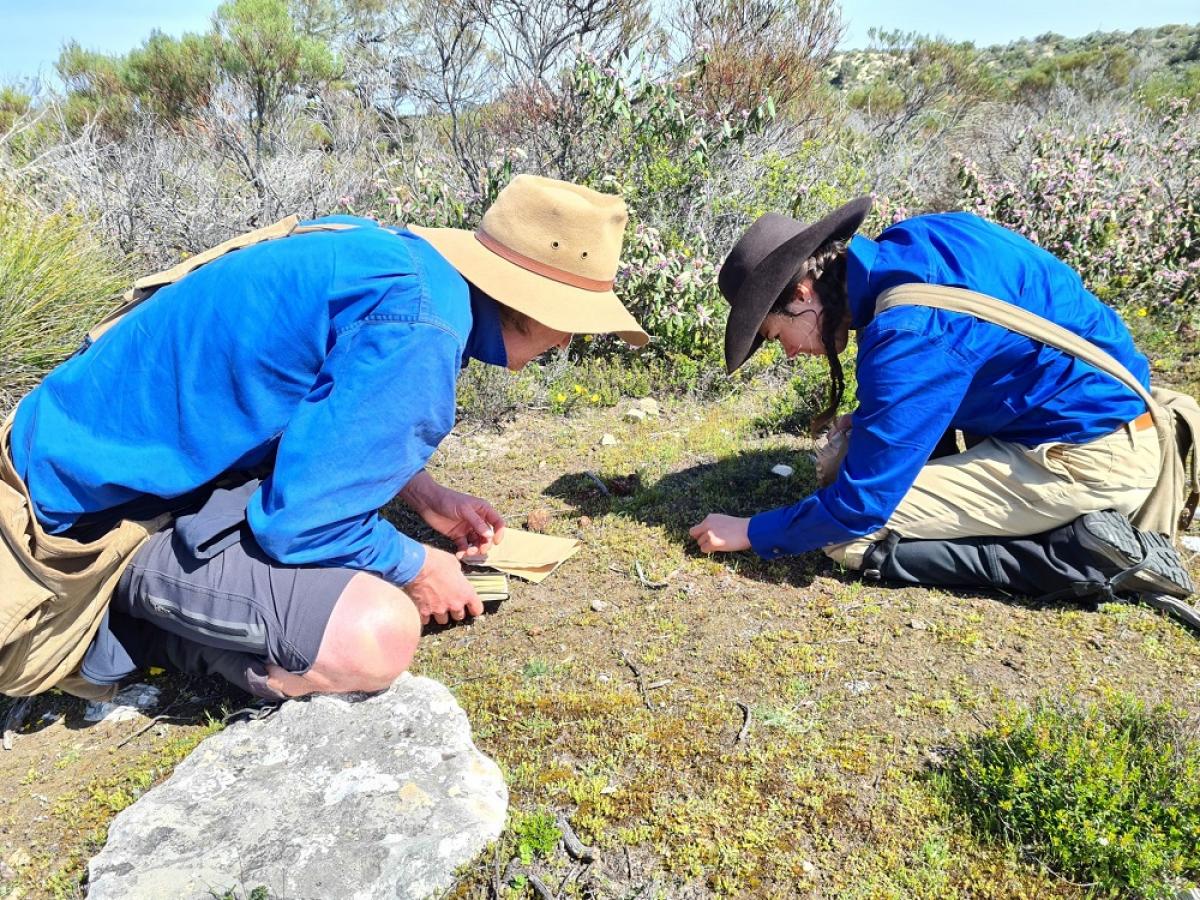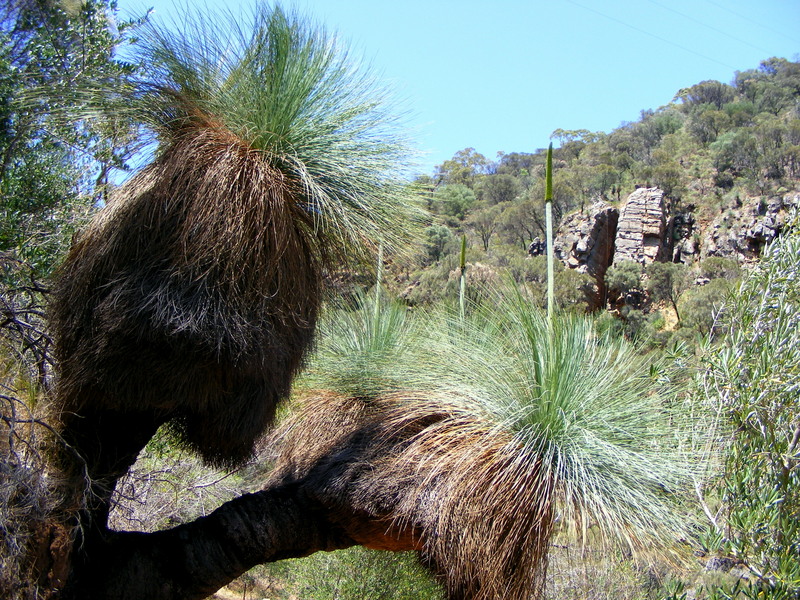What will happen to an isolated population of the red stringybark (Eucalyptus macrorhyncha) as droughts intensify under climate change? It’s not looking good but there is hope says a research team from the University of South Australia, University of Adelaide, and the Botanic Gardens and State Herbarium of South Australia.
Dieback of trees due to drought is becoming increasingly common. Climate change is producing droughts that are hotter and more intense, and this can push trees beyond the limits of what they can tolerate. However, we still know little about the ultimate causes of tree mortality and how dieback progresses through time. Led by Gunnar Keppel, and UniSA Masters student Udo Sarnow, in collaboration with Ed Biffin, Greg Guerin, Michelle Waycott, and Stefan Peters, we investigated the dieback of an isolated population of red stringybark in Spring Gully Conservation Park of the Clare Valley.
Genetic data showed the red stringybark population in Clare Valley to be distinct and to have been isolated from its closest relatives in the Grampians of Victoria for about 40,000 years. This predates the last glacial maximum, sometimes referred to as the ice age, when Australia was much drier and cooler. Hence, the Clare Valley probably provided a safe haven, or refugium, that facilitated the survival of red stringybark during this arid period. However, current climate change is different from the last glacial maximum – for, example it is associated with hotter temperatures compared to the preceding time periods, which were cooler but much drier.
The amount of dieback recorded by our surveys is staggering (Fig. 2). More than 40% of all trees (Fig. 3) and of the above-ground biomass have been lost. The total amount of biomass lost is around 250 tons per hectare. In areas that experienced complete mortality, drooping she-oaks (Allocasuarina verticillata) remain as the only trees (Fig. 2), suggesting that the red stringybark ecosystem could be in the process of being replaced by a more open drooping she-oak woodland.

This catastrophic decline happened through two droughts (Fig. 3), the Millennium Drought (2000-2009) and the Big Dry (2017-2019) and, thanks to the foresight of the Department of Environment and Water that permanently marked more than 400 trees after dieback was first reported in 2007, we were able to document the progress of dieback. During the Millennium Drought, sites that had more marginal growing conditions for red stringybark trees were seemingly most severely impacted by dieback, while sites subject to the greatest heat-stress were most susceptible during the Big Dry.

While the above results were deeply concerning, results also provided some hope. Mortality was much lower on south- and east-facing slopes – that is, sites that receive less solar radiation and hence experience lower heat- and drought-stress. In these locations, regeneration was also sometimes observed (Fig. 4). There is therefore hope of the population persisting in pockets that provide milder microclimates, which are sometimes called microrefugia.

Droughts that are more intense due to climate change are of grave concern for the persistence of tree populations globally. Our results further add to these concerns and highlight that the genetically unique population of red stringybark trees in the Clare Valley is severely threatened with extinction. The problem of dieback is further compounded by the intensive agriculture and viniculture in the Clare Valley, potentially adding additional stress and preventing migration to sites that may facilitate survival as climate change progresses. We therefore need to manage the population in Spring Gully Conservation Park, maybe by ensuring survival in sheltered pockets (microrefugia), to not loose a unique element of our Australian biodiversity.
Further Reading: Keppel, G., Sarnow, U., Biffin, E., Peters, S., Fitzgerald, D., Boutsalis, E., Waycott, M. & Guerin, G.R. (2023) Population decline in a Pleistocene refugium: Stepwise, drought-related dieback of a South Australian eucalypt. Science of The Total Environment 876, 162697. https://doi.org/10.1016/j.scitotenv.2023.162697
Written by Gunnar Keppel (University of South Australia), Michelle Waycott (State Herbarium of South Australia and University of Adelaide) and Greg Guerin (University of Adelaide)





